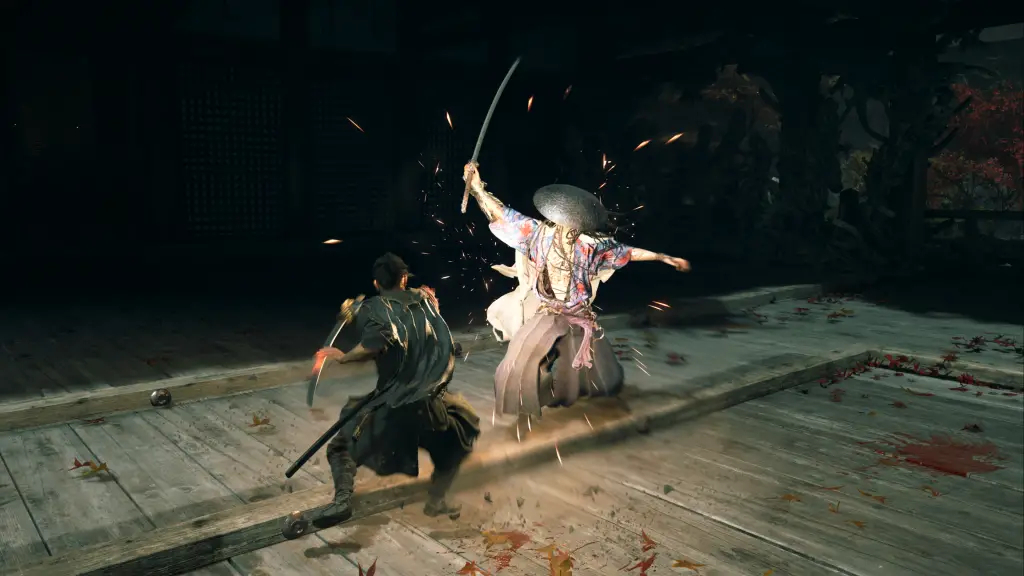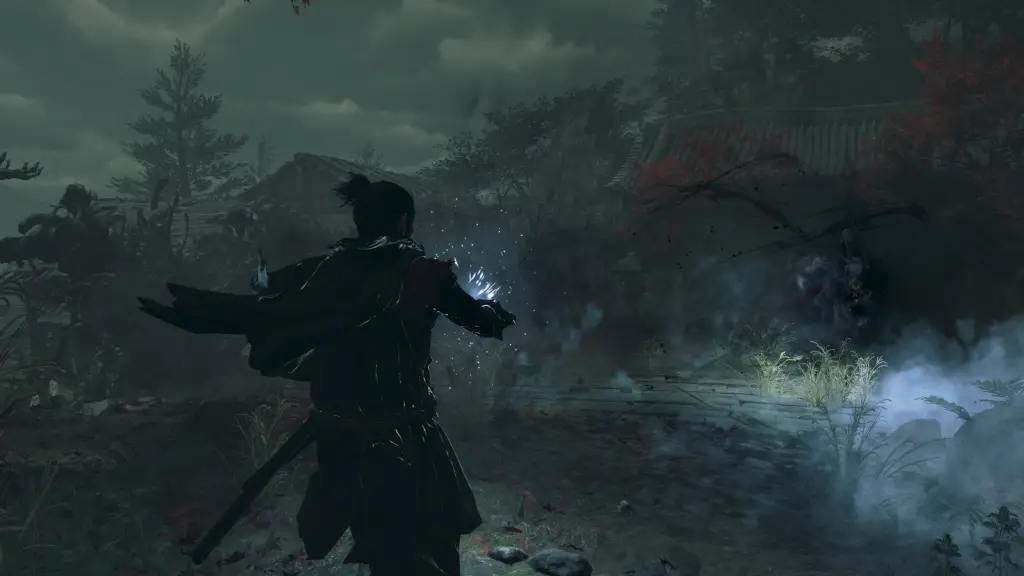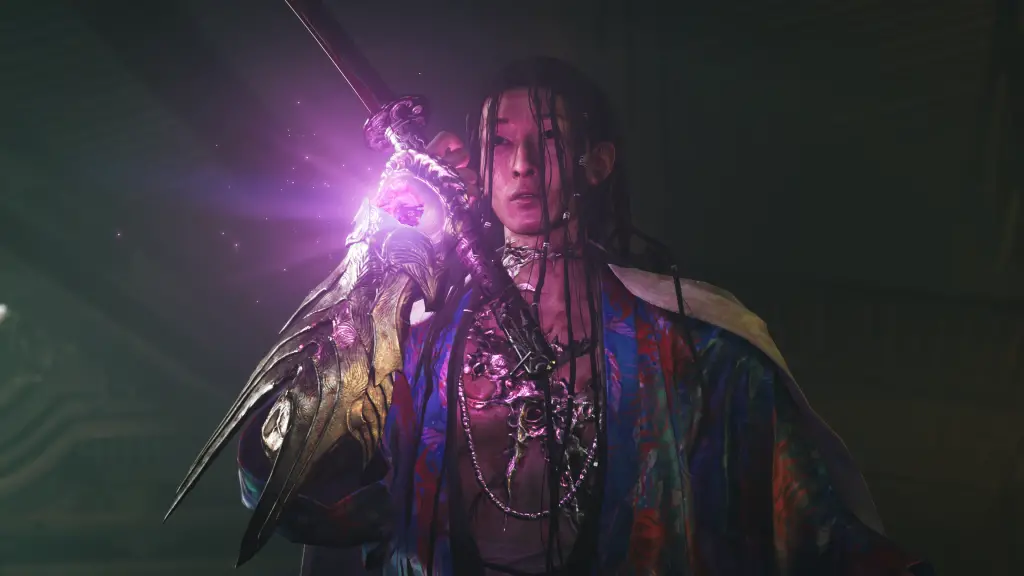I’ll admit, when Capcom handed me the controller to play Onimusha: Way of the Sword, I went into those first encounters like I was playing a Souls-like. I tried to approach each fight in a calculated and methodical way, carefully waiting for enemy tells even though I had no clue how much damage they could do or how punishing the game might be. That turned out to be the wrong mindset. Once I stopped treating it like a Souls game, I realized that Onimusha rewards confidence, not hesitation. Suddenly, I was back in the headspace I had with classic action games, relying on timing and rhythm instead of endless caution. Honestly, I didn’t even realize I’d lost the ability to play this way until the game reminded me. If anything, I’m hoping this and Ninja Gaiden 4 put me back in my place. After thirty minutes with the demo, I left eager for more demon-infested battlefields and ready to share the experience.
Narrative and Atmosphere
Onimusha: Way of the Sword makes its story a priority, and that much was clear from the start. Lengthy cutscenes set the stage for Miyamoto Musashi’s journey through a ghostly, otherworldly version of Sengoku Japan. While exploration quickly pulled me into the action, it was combat that took center stage. Still, the environments and transitions carried weight. The game’s presentation works hard to ground players in its haunting world before letting them loose.
Cutscenes also highlight Musashi’s own uncertainty. He doesn’t completely understand this world, nor the power contained within his Oni Gauntlet. That disconnect makes him feel more human, even as the setting leans into nightmarish imagery. In my short time exploring, I noticed blocked paths and landmarks that suggested reasons to return later, along with secrets tucked away for those willing to wander off the beaten path. The mix of sound design and visuals turns ruined villages and cursed landscapes into something strangely beautiful, creating a tension between awe and dread.
Combat Impressions
The combat system feels intentional in a way that recalls the older entries but also gives players far more control. You can chain together basic attacks tied to Square and Triangle while working in specials through the shoulder buttons. More elaborate moves are tied to a gauge that transforms Musashi’s weapons for a brief burst of speed and power, encouraging you to balance regular strikes with explosive finishers.
Once I dropped the defensive posture I carried over from Souls-like games, the combat opened up. It wants you to be deliberate but also stylish. It’s about judging when to unleash a special move, when to step back, and when to keep pressing. That balance between restraint and aggression is where the fun lies, and the game communicates it clearly without overwhelming you with systems.
Sasaki Ganryu and Cinematic Fights
The demo capped off with a duel against Sasaki Ganryu, another Oni Gauntlet user who, in my opinion, is just plain cool. The fight had all the trappings of a set-piece battle, flashy but not rigid. While I wish the difficulty hadn’t been toned down for the demo, clearly adjusted for press, it still managed to feel cinematic without crossing into quick-time-event territory. The choreography of attacks, counters, and weapon transformations flowed together in a way that got my heart racing. If I had to sum it up in one word, it would be “cool.” Actually, make that “hella cool,” even if that’s two words. You get the point.
Carrying the Legacy Forward
I don’t have anything against Souls-likes, but I like how Onimusha: Way of the Sword avoids chasing that trend and instead builds on what longtime fans already know. The series’ DNA is still intact: you collect Souls, you use skills at opportune times, and you cut down enemies with intentional, weighty action. What’s new are the modern touches, more flexible combos, more fluid transitions between scenes, and a cinematic edge to the larger battles.
I’d personally love to see a level experiment with a fixed camera, something that would call back to the PS2 roots of the series, or more direct narrative threads connecting to past entries. For now, though, this feels like a true continuation rather than a reinvention.
Final Thoughts
After my short session, I came away with the impression that Capcom understands what makes Onimusha special. It’s not about endless trial and error or hyper-punishing mechanics; it’s about deliberate combat framed by atmosphere, history, and spectacle. If the demo is any indication, Onimusha: Way of the Sword is shaping up to stay true to that vision while adding just enough modern flair to stand out.
If you already had this game on your radar, prepare for action sequences that live up to the franchise’s reputation. If you didn’t, it’s worth paying attention, because Capcom has only revealed a fraction of what’s in store.
Onimusha: Way of the Sword will launch on PlayStation 5, Xbox Series, and PC via Steam in 2026.


